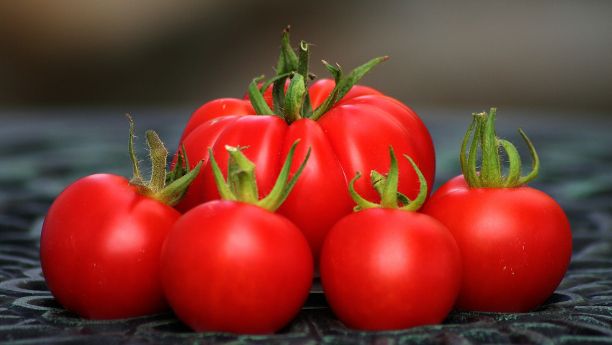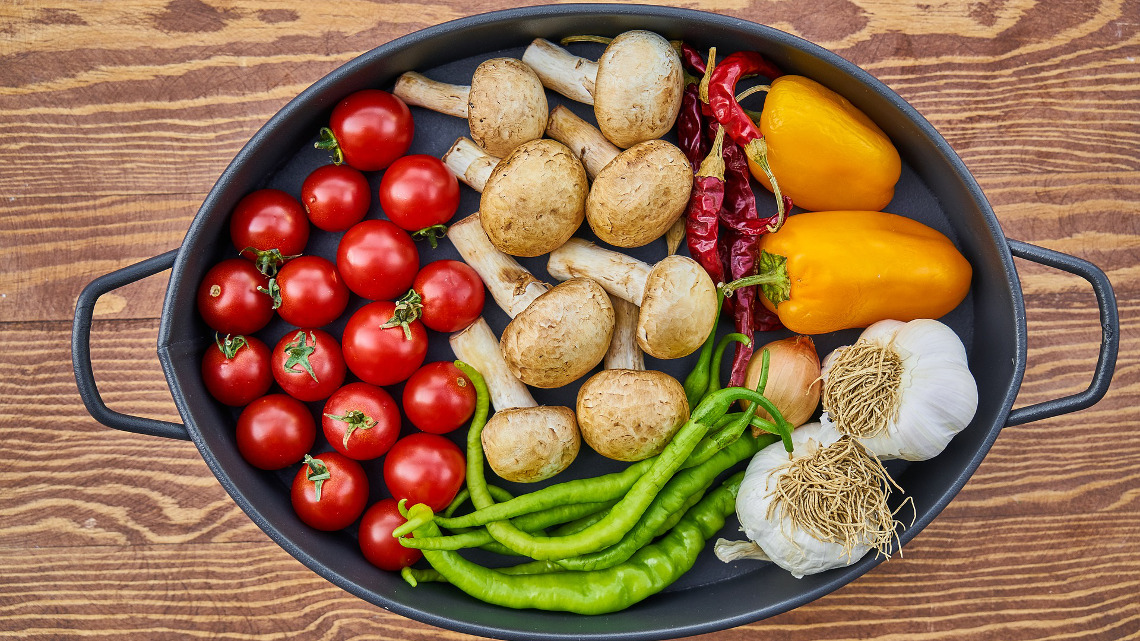Tomatoes made into bio-factories for pharmaceuticals
Healthy nutrients are found in many fruits and vegetables, but vast quantities must be consumed to achieve an efficient dose of the natural compounds because they are often low-concentrated in plants.

Researchers at the Max-Plank Institute of Molecular Plant Physiology (MPI-MP) have now found a way to produce the natural compounds found in soya beans and grapes en mass to be used in medicine. The scientists used the tomato as a natural medicine factory. As the team reported in the journal Nature (2015, online publication), with the help of a genetic trick, the scientists succeeded in taking the gene from the other plants and inserting it into the tomatoes, which increased the gene hundredfold.
Many fruits and vegetables such as oranges, grapes, tomatoes and spinach contain natural compounds that protect against diseases or can even heal. Tomatoes can reduce the risk of a stroke and when cooked can protect against sunburn and strengthen the structure of the skin. The substance responsible for this is lycopene. However, the fruit only contains a small amount of lycopene, so that huge amounts of tomatoes need to be eaten to meet the daily requirements and achieve the beneficial effect.
Natural substances used as medicine
These relevant substances in plants are called secondary metabolites and it's the scientists’ goal at the Max-Plank Institute of Molecular Plant Physiology (MPI-MP) to apply them in medicines. The team around Alisdair Fernie from MPI-MP and Cathie Martins from the John Innes Centre in England have found a way to produce these natural substances in large quantities. And to do this they used the tomato plant. The plant can produce 500 tonnes of fruit per hectare making it one of the most productive crops, making it particularly suitable as a bio-factory for plant substances.
But the researchers didn’t go for lycopene from the tomato plant. Instead, they chose the equally medically relevant substances resveratrol and genistein for their experiments. Genistein is a secondary metabolite found in soya beans that can prevent various types of cancers, such as breast cancer.
Integrated genetic switches
To stimulate the production of both substances in the tomatoes, the researchers have used a genetic trick: they planted the gene AtMYB12 from the model plant Arabidopsis thaliana in the tomatoes. AtMYB12 is responsible for the production of the AtMYB12 protein. The AtMYB12 encodes a protein that binds to essential genes of phytochemicals and boosts their production. “This protein works like a switch, which can turn the production of secondary plant substances on or off,” describes Alisdair Fernie, research group leader at the MPI MP in Potsdam.
Tomatoes as bio-factories
Afterwards, the selected nutrients were introduced together with other genes for the production of enzymes from soya beans and grapes in the tomatoes, which allow the production of the compounds resveratrol and genistein. The result: once equipped with the compounds (Phenylpropanoids), tomato plants are enriched with more than a hundred times the amount of resveratrol than grapes. This is also the case with genistein. The content of genistein in the tomatoes also exceeds that of soya products. The reason for the increase in the production of these substances is the introduction of a completely new metabolic pathway that has established itself in the tomato plants and kicks off the production of the natural substances. Using tomato plants as bio-factories has an economical advantage too. Instead of a laborious synthetic process in the laboratory, the natural substances can simply be extracted from the pressed juice of the tomato and the substrate used for the production of pharmaceuticals in medicine. The Max-Planck researchers are convinced that this technique could also be applied to other compounds to be used in medicine.
© biooekonomie.de/bb


